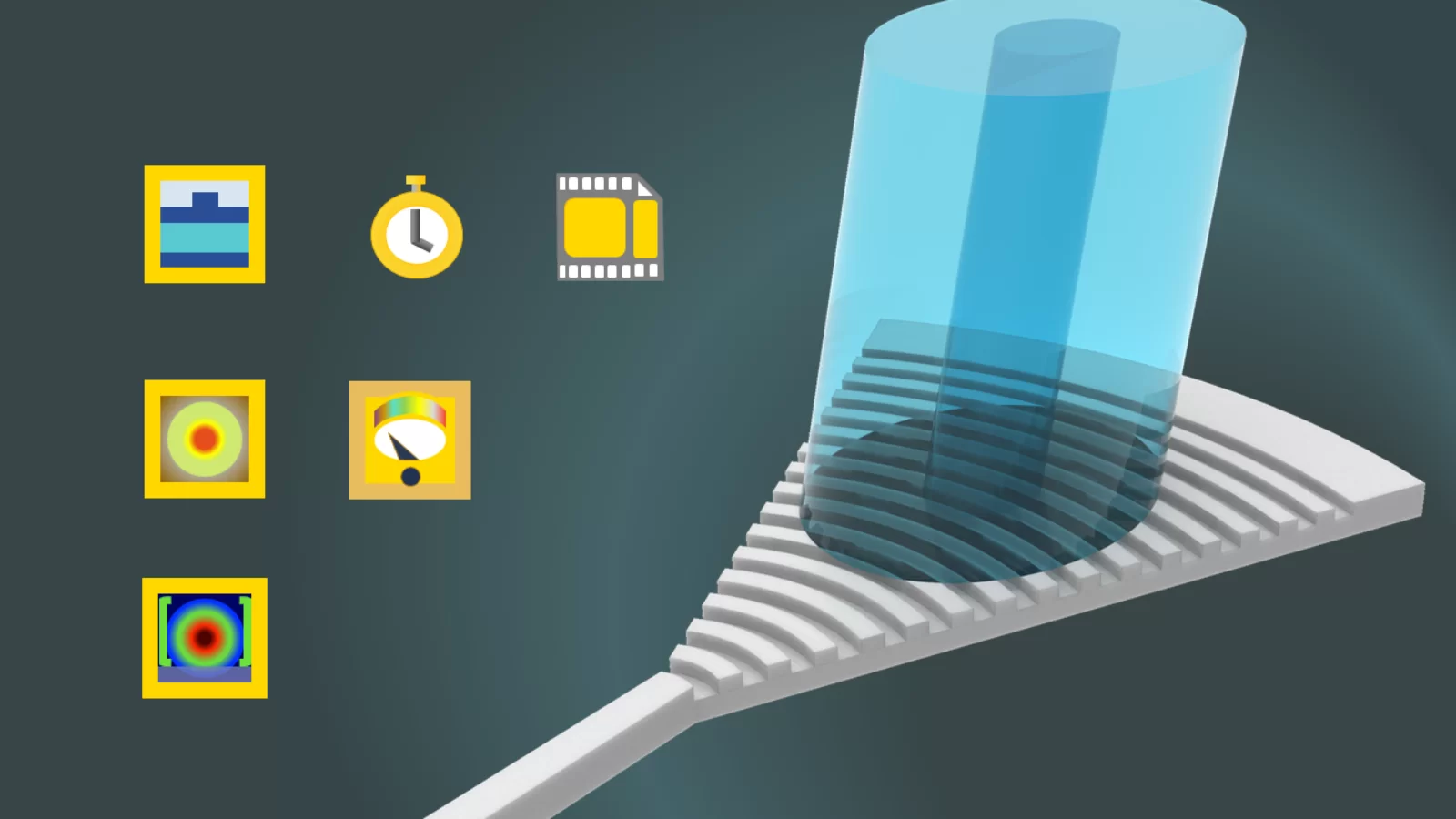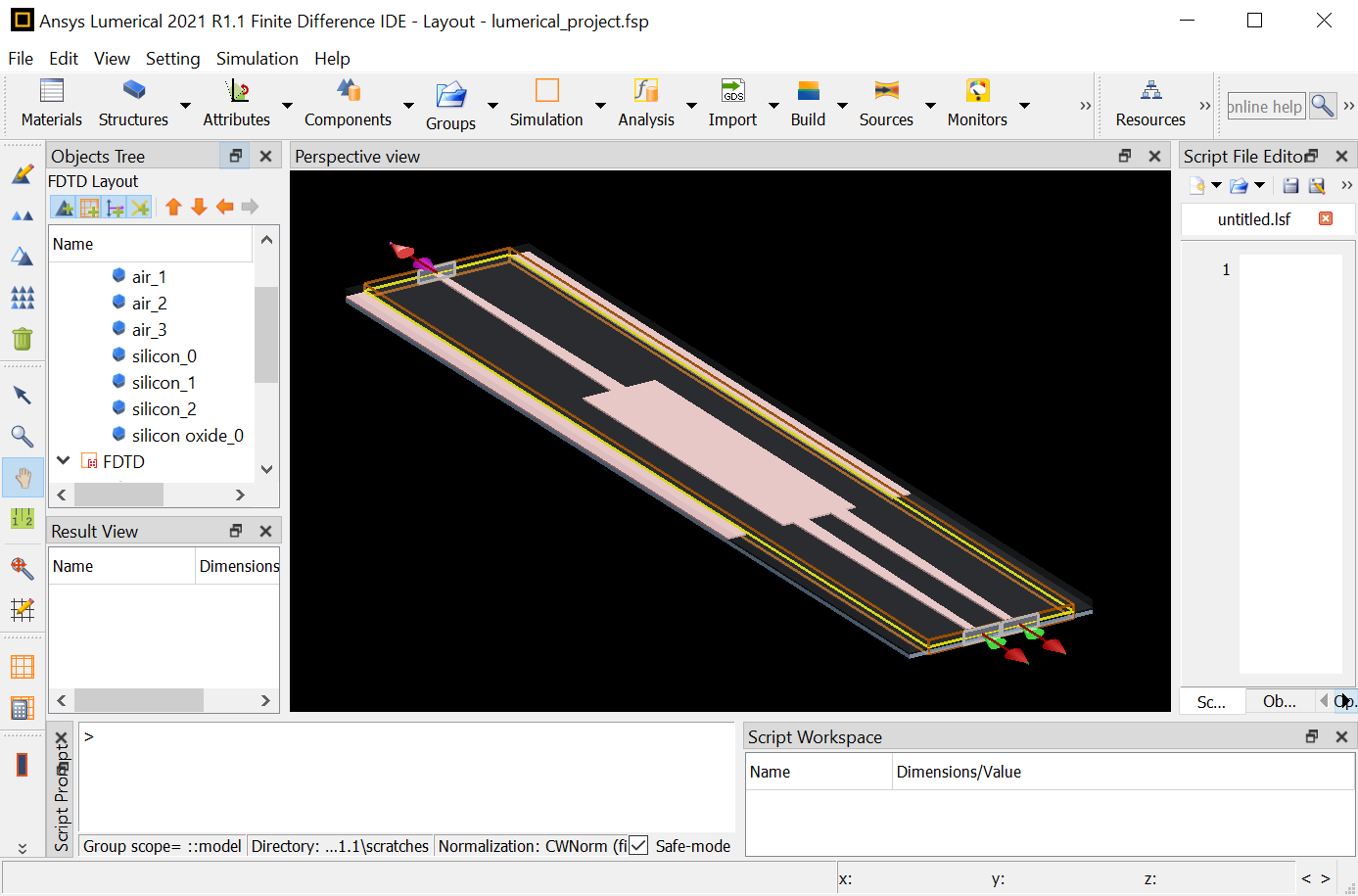
Comsol interpolation function accepts text files of 2 columns only, one column is frequency the other column should either be real or imaginary part of epsilon. You need to convert these 3 column files to 2 column files for entering data into into Comsol. The text files, have 3 columns, one for frequency, the other 2 for real and imaginary parts of epsilon. lsf script file using the GUI licence to perform parameter sweeps. fsp Lumerical binary files from single Lumerical. Pylumerical is a a Python module to alter and execute Lumerical lsf scripts. N_FDTD=getfdtdindex(material,f,fmin,fmax) Python module to perform tasks with Lumerical FDTD-Solutions. To extract material from Lumerical into text files. Understand the basic design workflow and concept of convergence testing to verify the accuracy of simulation resultsĩ.Use commands: getindex, and getfdtdindex in. Know how to export figures, and export data to a text file, Lumerical data file, or MATLABĩ. Use the visualizer to plot desired monitor resultsĨ. Find more details online about the definition of specific monitor results and analysis groups from the object libraryħ. Know how to use analysis groups to obtain results from additional post-processing of monitor dataĦ. Explain the difference between "Results" and "Raw data" returned by monitorsĥ. Know how to tell which simulation objects contain results, and find out what results are available from those objectsĤ.

Know the difference between Layout mode and Analysis modeģ.

In this course, you will learn how to view simulation results, plot, and export data, how to perform additional post-processing of monitor results using analysis groups, and how to verify the accuracy of simulation results in Ansys Lumerical FDTD.īy the end of this section, you will be able to:ġ. Finally, we will learn how to view simulation results, plot, and export data, how to perform additional post-processing of monitor results using analysis groups, and how to verify the accuracy of simulation results in Ansys Lumerical FDTD. We will also learn about the available types of sources and the various types of monitors, and their recommended usage in Ansys Lumerical FDTD. Following this, we will take a look at the Ansys Lumerical FDTD solver region object which is used to specify the simulation time, the simulation region, mesh and boundary conditions. Then we will learn about the default materials and material models, as well as how to add additional materials to the material database. We will first discuss the underlying solver physics and numerics of Ansys Lumerical FDTD, the types of problems it can solve, and how it can be best used for parallel computation. In this learning track, we will learn about Ansys Lumerical FDTD and see how to set up, run and analyze a simulation.


 0 kommentar(er)
0 kommentar(er)
